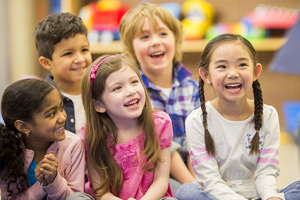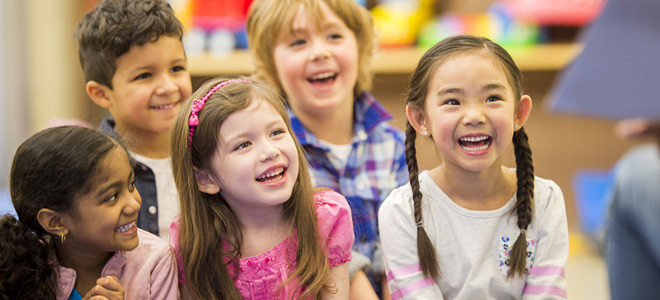Blog Categories
Search Blog
Blog Categories
To Group or not to Group… That is the Question!
I often have families asking me whether group therapy or individual therapy is more appropriate for their child. There are several benefits of both types of therapy and the answer to this question is not always easy or straightforward. The most important consideration is the reason for the therapy. Some goal areas lend themselves better to individual therapy, while some are better suited for group therapy. One area that prompts many questions is Social Skills. Our clinic offers a variety of Social Skills Groups, but also offers one-on-one sessions to work on these goals with a speech-language pathologist. Based on the specific needs of the client, one form of therapy might be more beneficial over the other. Here are a few of the benefits of group therapy that I’ve witnessed firsthand.
- Safe Space: Group therapy offers a safe place to work on therapy goals. Clients are able to recognize that they are not alone in their challenges and that they may share similar difficulties with other children who are the same age. A group environment where all children are working toward common goals can be extremely comforting, and can increase client motivation and overall therapy success.
- Natural Environment: Working on a goal area such as Social Skills in a group setting is often a more natural or organic way to address these skills, in comparison to individual sessions. In one-on-one therapy, the therapist might “simulate” a peer in order to role-play different social scenarios and work through challenging social dynamics. In a group format, children are able to practice these skills amongst peers, which is more analogous to their social situations at school and in extracurricular activities.
- “Normalizing” Experiences: I start every Social Skills group session by asking the participants to share their social experiences from the week. More specifically, I seek out information regarding what went well and what was difficult in their social lives since the last session. We then make links to the content of the group and find ways to work through the challenges. This can help to “normalize” the difficulties by helping the children realize that others have resembling experiences. This also increases the likelihood that the clients will continue to feel comfortable sharing their stories.
- Parent Support: I have noticed an interesting trend in our waiting room when we run our Social Skills groups. As the groups move forward each week and the clients are developing connections and friendships with other group members, the parents in the waiting room are connecting as well. Some parents elect to stay at the clinic while their child’s group is in session, and they often initiate conversations with other parents who are doing the same. I have overheard parents sharing information about resources in the community, offering support around challenging issues related to their children, and socializing about personal events and experiences. Inadvertently, group therapy for children can result in a form of group therapy for parents.
I am a huge proponent of group therapy, when the time and place is right. A recipe for successful group therapy involves many factors, some of which include the use of evidence-based group programs and content, passionate group facilitators, and dedicated parents. With these components in place, you’re bound to have created a safe, natural place where clients can work together toward common goals, all while parents are connecting and supporting one another just the same!






